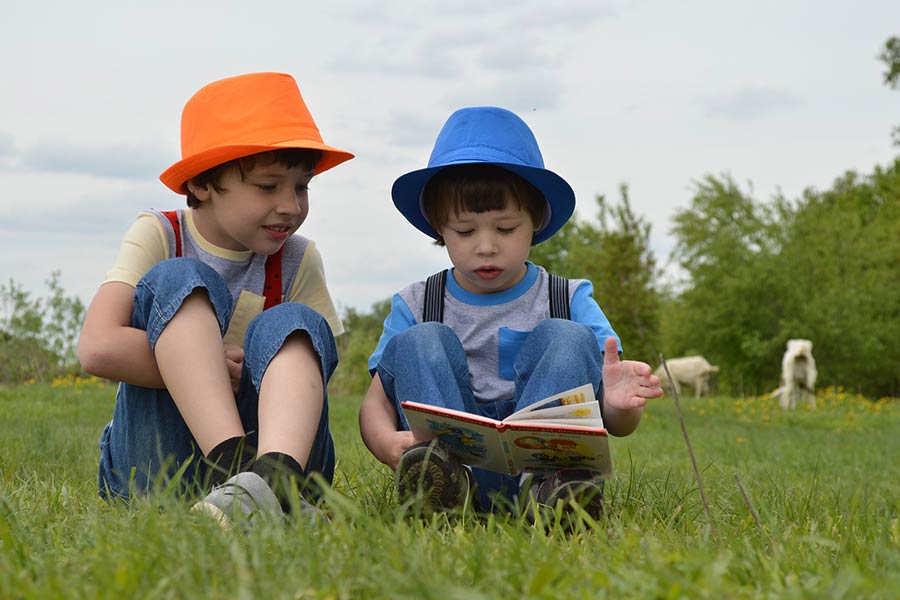What is the best way to teach a 5-year-old to read? Pain-free? The short answer to this question is slowly!
You need a lot of patience to teach a 5 year old to read, and you need to be extra supportive. Don’t underestimate, how difficult this task is for your child and don’t think there is a quick way of doing it.
Below I explain a pain-free process of how to do this well.
Teach them the wrong way and it will put your child off reading for life. Do it the right way and within a week, you will start to see big results. But you need to understand that the process of reading one word at a time to reading fluently, will take at least a good 2-3 years, even with your help.
This being the case, you need a consistent approach; one that you can maintain on a regular basis, to give your child the best chance of success. There are so many elements to learning to read, that you and your child really need to enjoy this process.
So how did I develop this effective reading process?
Well when my children were small, I really wanted them to start reading from 2-3 years old. If they could have started to read from when they were babies, that would have been even better!
I was a new mum back then and had grand ideas about turning my children into geniuses. Why? I have no idea.
Was I crazy? Probably.
It made sense to me at the time, even if it makes no sense to me now. But we are now 20 years on and my eldest has graduated and is working for a large corporation.
There were crazy programs available back then, for teaching infants to read from a few months old and I nearly bought into them. They probably still exist now, but in the grand scheme of things, they were rather extreme.
I knew nothing about how to teach a child to read back then either, so it was very much trial and error, until I perfected this process with my 3rd child.
Now, if you want to take the fast route – remember every action has an equal and opposite reaction, so whatever you do, there will always be some kind of sacrifice.
Because, to do anything quickly often involves, missing out steps or cutting corners, so the quality may not always be as good or as robust.
In the same way, I advocate doing the job properly, so that your child becomes not only good at reading, but also has confidence in their abilities to develop strong bonds with you. This way, you both enjoy spending quality time together.
Change your perspective
The first thing you need to do is, rather than seeing this as a challenge or a chore, to look at it from a different point of view.
Reading is many things, but ultimately for you, you should focus on using the process as an opportunity to build a better relationship with your child. A way of creating memories for their future. Something that they will look back on one day and say…
“Mum, do you remember that book you used to read to me about dragons and you made that weird dragon voice? You were so funny!”
“Oh Dad, what was that story that I made you read, every night for 2 weeks, before you gave it back to the library?”
Reading is a powerful academic tool and is a vital skill for adult life, but in the meantime, it is your opportunity to build a strong, lasting bond with your child.
There is more to reading, than just saying a string of words
When most people think about reading, they only think of the mechanical side of reading – saying the words on a page. But that is only a small part of the process. To read well, children need to be able to do all the following well – brace yourself it’s a long list:
- Pronounce their words clearly – to do this they need to have mature vocal cords and throat muscles – If your child can not talk clearly, reading at an age younger than 5 can be a challenge. Don’t get me wrong, there are children as young as 2, who start the process and can speak clearly at this age, but the vast majority of children are not developmentally ready.
- Have strong fine motor skills, so that they can turn the pages of a book one at a time. This is one of the hardest things for young children to do, as it requires good hand-eye co-ordination, strong wrists and arm muscles to hold a book for a length of time. As can be seen reading is not simply about words.
- Recognise and read individual words
- Understand the meaning of these words
- Work out that some unfamiliar words are using phonics skills.
- Read sentences at a good pace, to understand the meaning of the sentences.
- Copy the act of reading, by seeing how others do it.
- Understand the purpose of reading and why we have different types of books
- Understand what they are reading and be able to explain what they have read – this is called comprehension.
Comprehension is the hardest part of the reading process. This is the process of testing a child’s understanding, which children in the older years, such as Year 6 even struggle with.
- English itself, is one of the hardest languages in the world to learn and with good reason too, so learning to read and understand text is very difficult for young children.
Teach your 5 year old to read without teaching
So how do we teach such a complex skill? Well my advice is, not to ‘teach’ your child at all.
Sounds crazy I know, but let me explain.
Reading quite frankly is difficult. Bottom line – it is hard. And anything you try to ‘teach’ that is hard, creates resistance. The more resistance you have, the harder it becomes to learn. And let’s face it kids are great at resisting.
On the other hand, things that are fun, like games that you play, result in no resistance at all. Who’s going to say no to a game? Games are easy, games are fun, kids will play games all day long.
So, in all honesty, as a teacher and mother, if you want to teach your 5 year old to read, forget the teaching, it’s really not necessary.
Think of fun things you can do, to present the elements of reading through.
Once your child has a love of books and words, half the battle is won.
So how do we do it?
TEACHING as we adults understand it, does not really start in school till a child is 6-7 years old, and there is a good reason for it.
Nursery, Reception and the first couple of years in school, are all about discovering and self-learning; experiencing and having fun. It’s why young children learn a phenomenal amount in such a short space of time, through guidance – not teaching.
Okay, so how does your child learn to read, through play? I hear you ask.
Well, there is a process.
Admittedly, it’s my process and one I devised for my own children and children struggling with reading at school, and it has to go in the right sequence, taking a young child’s development into account at each stage.
So let’s get down to it, step by step:
- Get your child a library card
- Find out when the library runs storytime sessions and craft activities, so that your child can listen to someone else reading to them and make craft activities associated with the characters from the books that they read. You could even do this yourself at home, if you have time.
- Take your child to the library regularly, so that they can see other children picking and choosing books and reading there too. This will encourage them to do the same.
- Libraries allow children to take out a lot of books – especially at 5 years old. My daughter used to take out 20 at a time.
However, I only let her choose 5 of her own and I chose the other 15 myself.
- You need to choose 15 good story books that YOU are going to read to your child at bedtime every night. Choose your books carefully using the criterion below:
How to choose good library books to read to your child at bedtime
a. The books must have full page pictures, so that you can ‘see’ the story as you read.
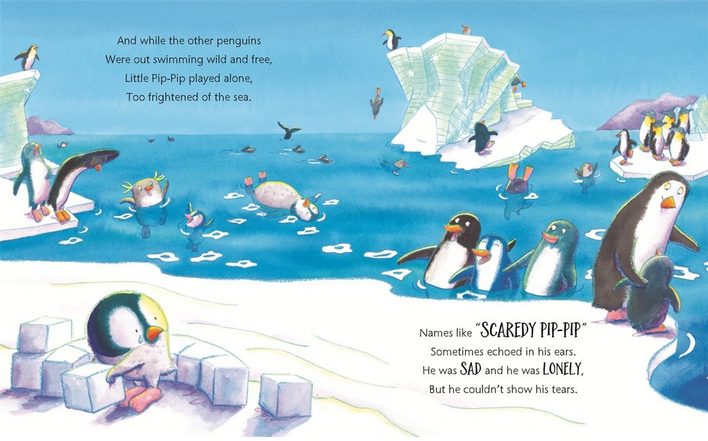
b. The stories must be short and take no more than 5-10 minutes to read approximately 10-15 pages. This is to ensure that your child enjoys the book and doesn’t get bored. This is also to ensure, you know it’s not going to take more than 10 minutes and you can spare this time from your busy time schedule. So choose books with:
c. Characters, you can make voices for.
d. Don’t choose scary stories with scary pictures before bedtime
e. Stories which contain rhymes, repetition or songs, so that your child can join in when you read. Such as, “I’ll huff and I’ll puff and I’ll blow your house down.”
f. Books with large text and no more than a few sentences or a paragraph per page.
Let your child choose any 5 books they like the look of, but guide them towards:
a. Board books
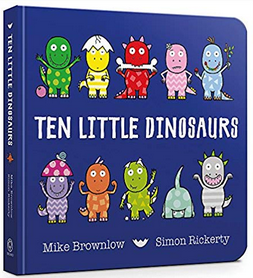
b. Books which make noises
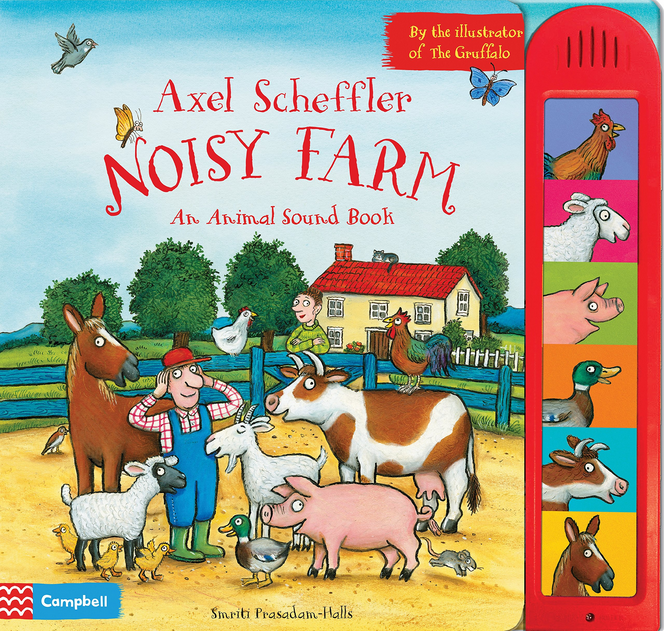
d. Books with a few words on each page
e. Character books like Thomas the Tank Engine
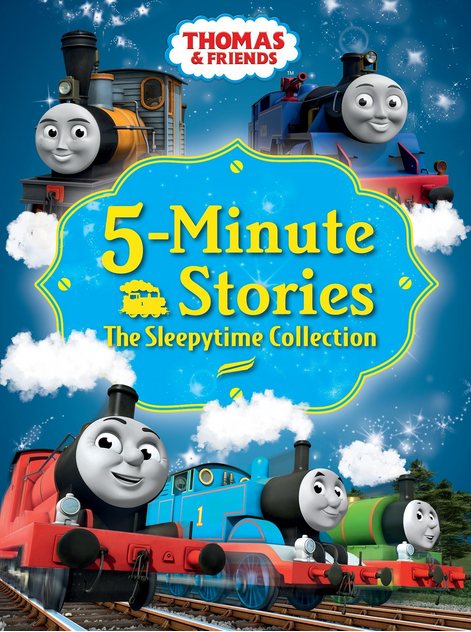
6. When you get home, encourage your child to set up a library at home with all the new books you got from the library.
7. Let your child be the librarian, who will scan and stamp the books.
You can be the customer, who needs help finding a book.
Describe a book to your child that you are looking for. Use the following dialogue.
“Good afternoon, I was wondering if you could help me.
I’m looking for a book about a cat.
It’s a black cat with a white paw and belongs to a friendly witch.
Do you have a book like this here?”
Your child then has to search all the books to locate the one with your description.
When they have found it, you can have it issued and pretend-stamped. Then ask your child if they would like to listen to the story.
Bonding time which will teach your 5 year old to read with you
You can then tidy away the books and snuggle down together to read a book.
The idea of this is to help your child enjoy books and the process of being read to and reading together, before they start the reading process itself. To add to this think of how you are going to do the following too.
8. Create a special place on a bookshelf or use a box for their library books.
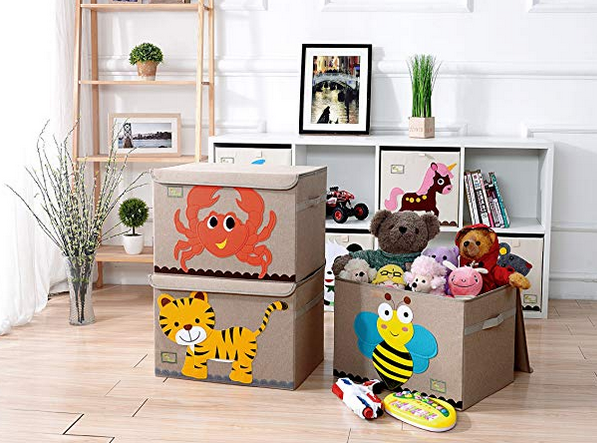
9. If possible, invest in a reading chair for you and your child.
I used to use our large rocking chair/nursing chair which I bought when my children were babies and I used it to nurse them in. It was large and cosy. Even when they were older, they could sit on my lap, so we could read together.
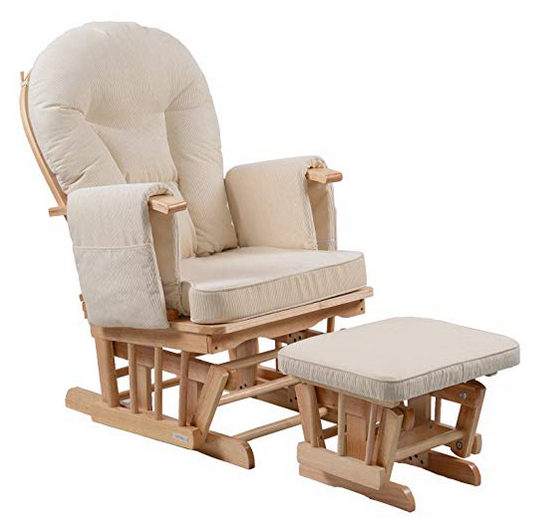
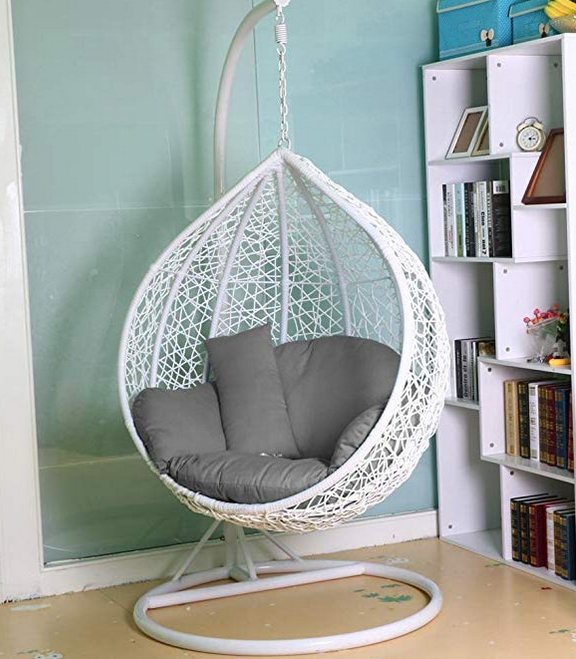
Alternatively, invest in a comfy child’s sofa, or large comfy bean bag, so that your child can lounge in it to read, when they want to.
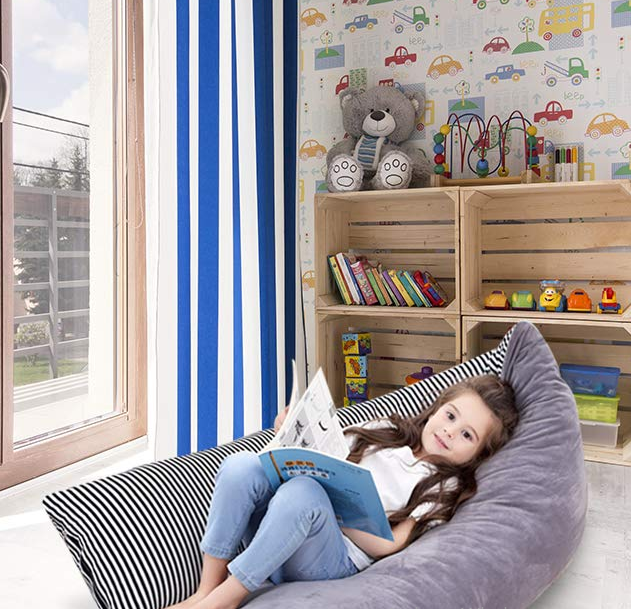
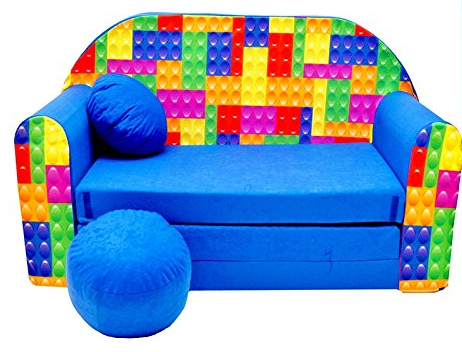
10. Dedicate 5-10 minutes every night to read aloud to your child. It is really important that they hear someone read to them with expression and fluency. So that they also learn how to vary their voice as they read.
11. Remember, every time you read to your child, you are modelling to them how to do it.
12. Show them that you enjoy reading to them and that you enjoy reading too, so that they are encouraged to read themselves, seeing your enthusiasm. Create different voices for the characters, to make the story sound real.
Children this age learn a lot by copying, so show them how to do it first – show them, don’t try to ‘teach’ them.
13. After you have been reading to them for a while, you will find out what type of stories they like and can encourage them to choose books later on from the library, like the ones they like, as part of their 5 books.
Create a reading routine to teach your 5 year old to read regularly
Once you have set up a reading routine, preferably every night, or at a convenient time during the day. It’s time to start playing reading games, which will encourage your 5 year old to read more easily.
14. First play card games to learn the first 100 keywords. These can be downloaded here.
15. These will help your child learn the 100 most common words they are likely to come across while you are reading to them.
16. Play games like snap and match up or use them like flashcards and to memorise the words.
Once they start to recognise words they have learned on the cards, it’s time to transfer this skill to their books.
17. Point to words they’ve learned on the cards and see if they still recognise them in the text you’re reading. Ask them to say what the word is. Give them lots of praise if they get it right.
18. Play ‘hunt the word’ in their books, see how many words they have learned and can find.
19. When you continue to read to them, stop at the words they know and let them read the words themselves.
20. Encourage them to talk about the book you read. What did they like about it? Ask them to re-tell the story. Who was their favourite character?
21. Ask them to draw their character.
22. Encourage them to make their own books and write a few words in their book about what they read.
23. Continue to play, card games until the first 100 keywords have been learned.
Download the list and cards here.
24. Once your child is able to recognise and read all these keywords, move onto helping them learn phonics.
25. It’s much easier, to teach keywords first and then phonic sounds, than to teach your child the other way around.
26. Teach phonics in the same way, using the sounds, finding the sounds in books and joining sounds together to create new words.
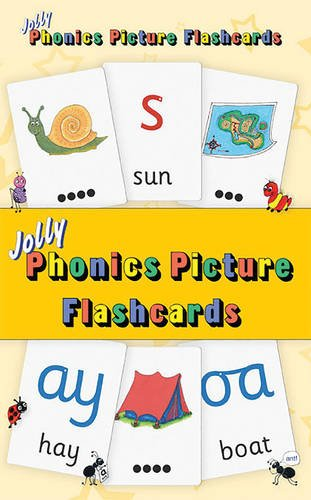
Once your child has learned all their phonic sounds and keywords, they will be able to read a large number of books easily.
27. Continue to read to them every day, but as they become more able and can read with you many words easily, change the five books that they get from the library to young reader books for their ability level, so that they can read independently to you too.
Before you know it, your child will be sitting in their own comfy chair to read by themselves; drawing pictures of the characters they have read, or coming to you and asking, “Can we read together?”
In this way, you will develop a robust way to teach your 5 year old to read, which will be effective and pain-free.
